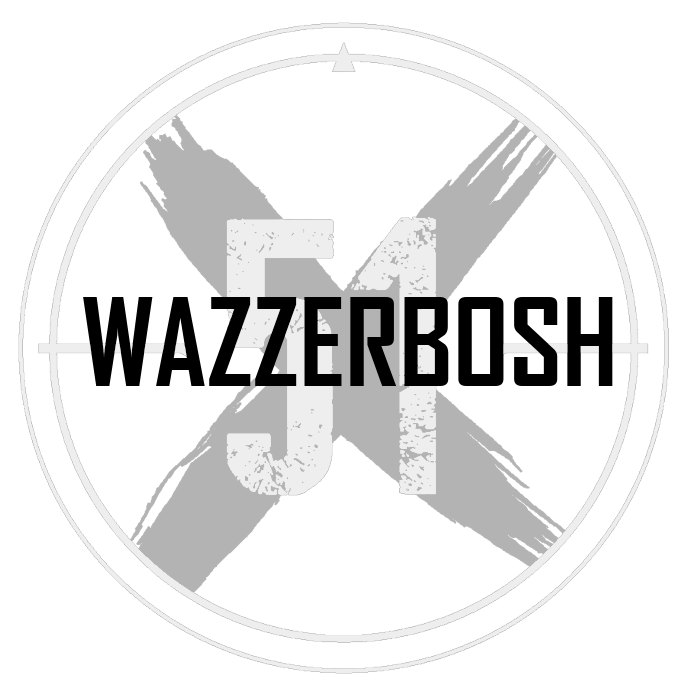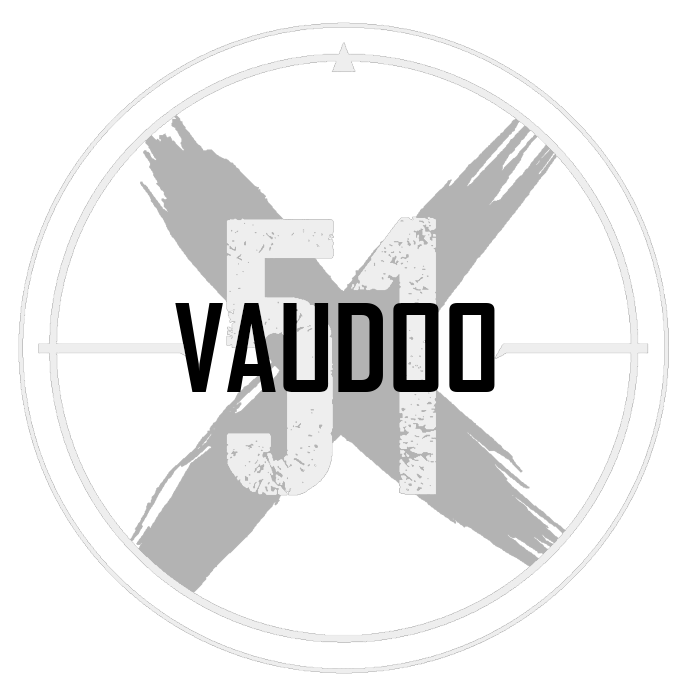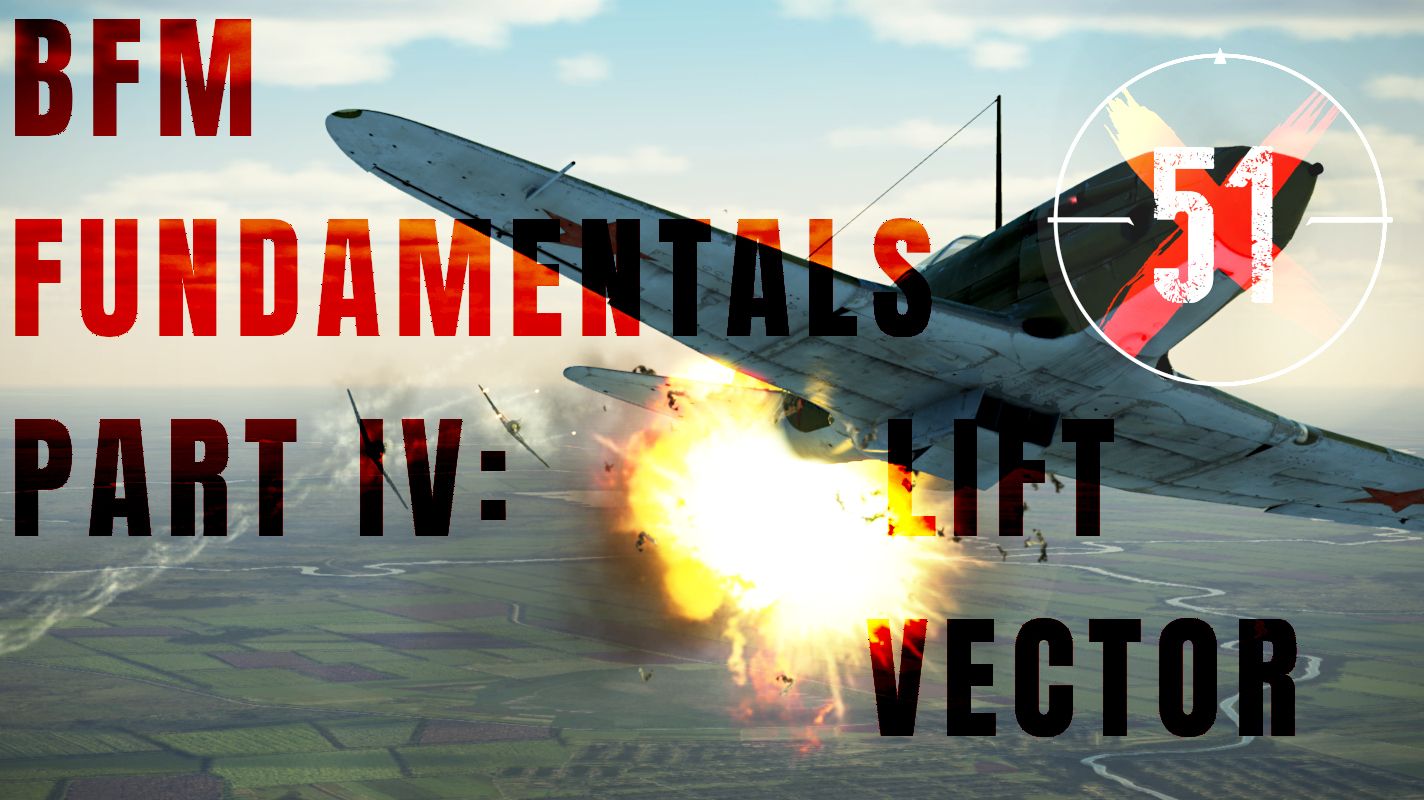Part IV: Lift Vector
Part V: In Combat (coming soon)
Your lift vector extends straight up from the center of lift of your aircraft. In general, if you look vertically upwards while in the cockpit, that's approximately where your lift vector is pointing. In tight maneuvering, where that vector points is often much more important than where the nose points.
This is because the lift vector tells you where you will go when pulling back on the stick. The imaginary plane that extends between the nose and the lift vector is called the lift line. You can control where this points with roll, and then pitch will cause your aircraft to follow the plane of the lift line.
In a tight turn fight where the enemy is not always directly in front of the nose, the lift vector is used in the same way we would use the thrust vector in controlling our pursuit type. This is better explained in the recording below:
This looks similar to what we saw in the previous chapter. Blue is turning within the turn of red in order to get a firing solution. One could mistake this for a lag pursuit as Blue's nose is always pointing behind Red's tail. However, this is actually a lead curve. Since Blue and Red are on near opposite sides of the turn, the lift vector (the red line extending up from the aircraft) controls the pursuit. Notice how it is always pointing in front of Red's nose. This is what allows Blue to close onto Red and get a firing solution.
However, there is more to this situation than meets the eye. Let's look at the same fight but from another angle:
Blue is dipping the nose and extending their turn into the vertical. This is called an out-of-plane maneuver - specifically a Low Yo-Yo. The Low-Yo-Yo is one of the most useful maneuvers in BFM and here we start to see everything from the previous chapters come together.
Blue needs to lead Red in order to get a missile shot. The problem is, they are both similar aircraft in similar states so Blue must secure an advantage by maneuvering. If Blue were to turn in the horizontal only, they would be turning much tighter than their radius at max. sustained turn rate. This will be very costly energy wise and Blue would end up very slow. Red would be given more turning room and possibly be able turn the tables and become the aggressor.
Instead, Blue turns in the vertical, dropping the nose to trade altitude for speed - PE for KE. This allows Blue to turn tighter, as although the tight turn will cost energy from the high AoA, they just cashed out some speed and can spend it. The entire time, Blue is keeping their lift vector in front of Red, which closes the distance from ~2km to ~1km and gets the nose towards them for the missile shot. Blue sacrifices a significant amount of energy in the maneuver, which is apparent by how slow they are once they have climbed back to the original entry altitude. As altitude is the same as at the start, but speed is less, we know that the total energy is less. The sacrifice pays off however, and the kill is secured.
In the next chapter, we will continue to piece together the fundamental principles of the previous chapters to see how they give rise to some essential BFM maneuvers:
Next Chapter: In Combat (coming soon)



